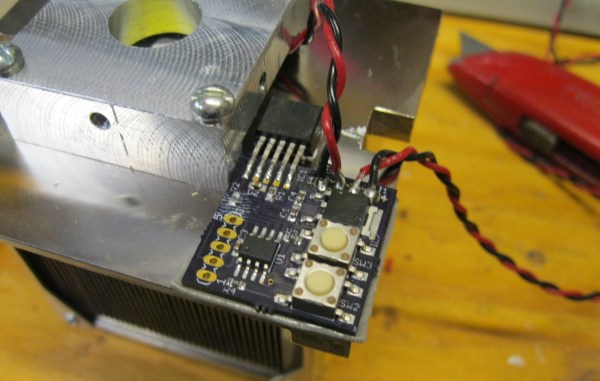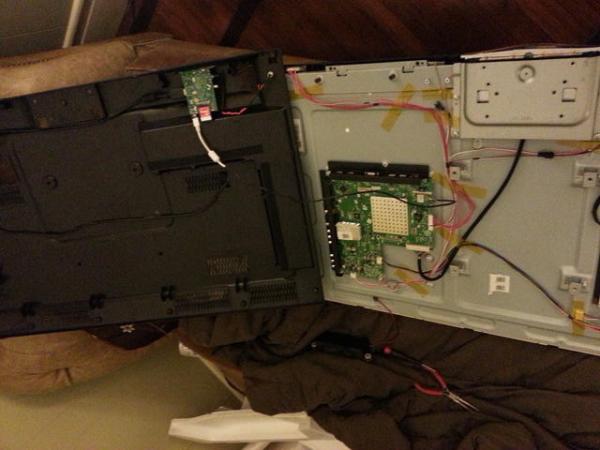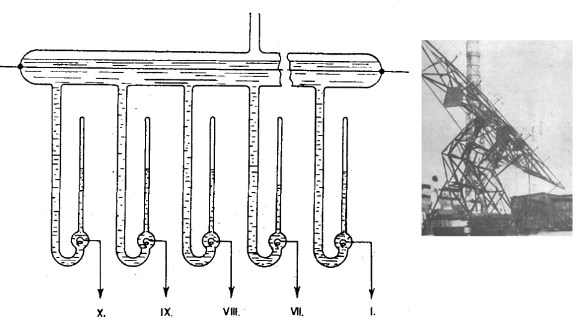
A lot of the ‘prosumer’ – for as much as I hate that word – 3D printers out there like the Makerbot Replicator and countless other Kickstarter projects only officially support PLA filament. This has a few advantages from a product development standpoint, namely not necessitating the use of a heated build plate. There are other reasons for not supporting ABS and other filaments, as one of the Kickstarter updates for the Buccaneer printer elucidates (update available to backers only, here’s a mirror from somebody on reddit).
The main crux of the Buccaneer team’s decision not to support ABS is as follows:
We spoke to our legal counsel about it and they told us that if we officially support a certain “material” type then our printer has to go through massive certification to prove that it is totally safe to use or we will/can get sued badly.
Despite the Buccaneer team’s best efforts, we’re sure, their lawyers were actually able to find some studies that showed ABS could affect a person’s health. The issue isn’t with the ABS itself – LEGO are made of ABS and kids chew on blocks all the time. The issue comes from the decomposition of ABS when it is heated.

















